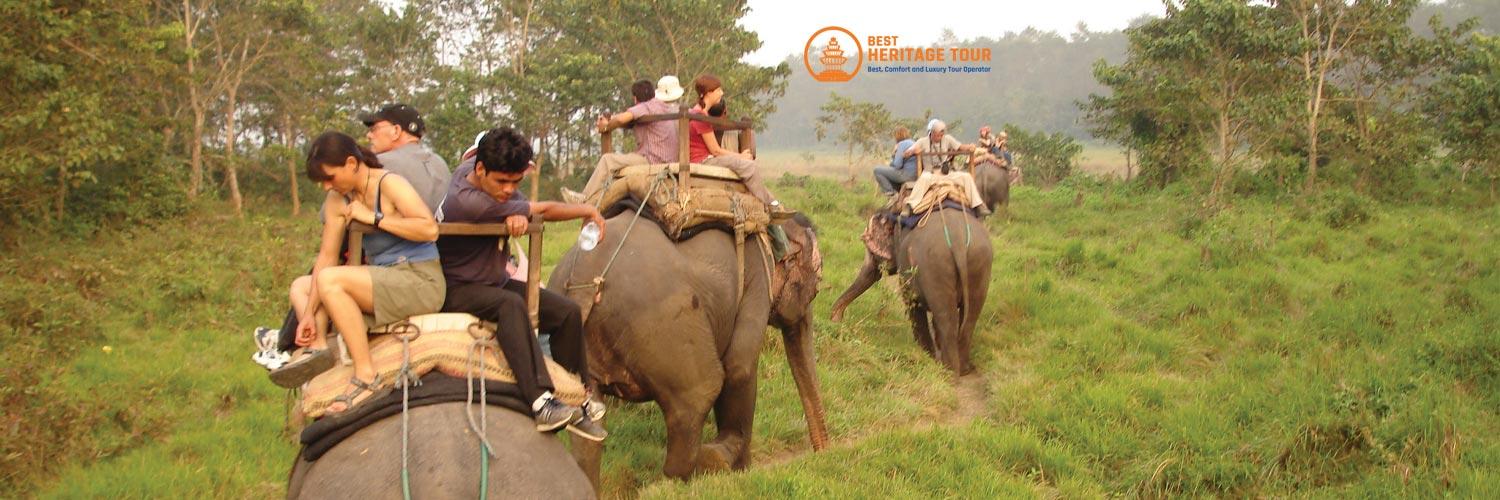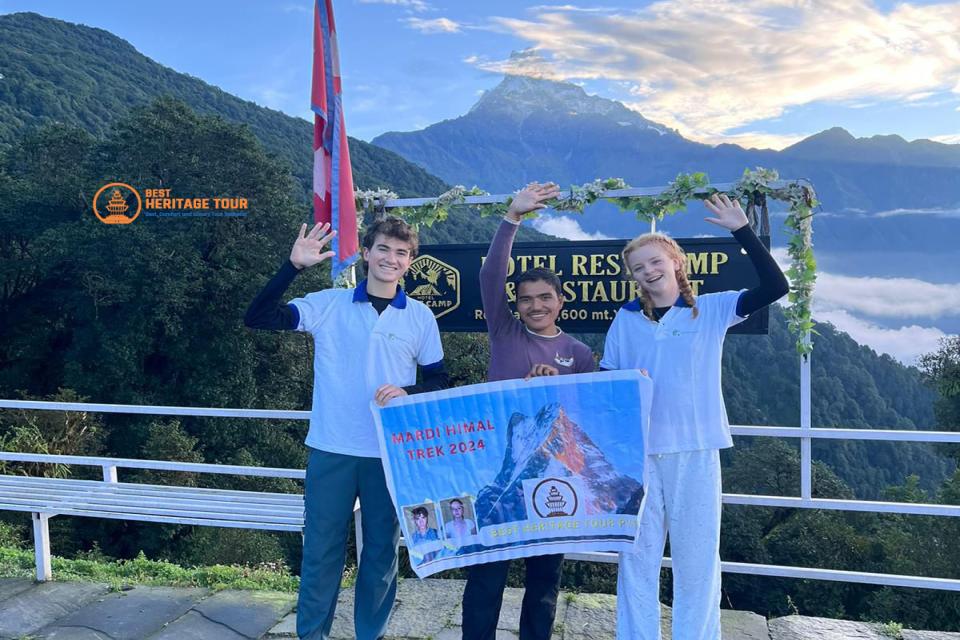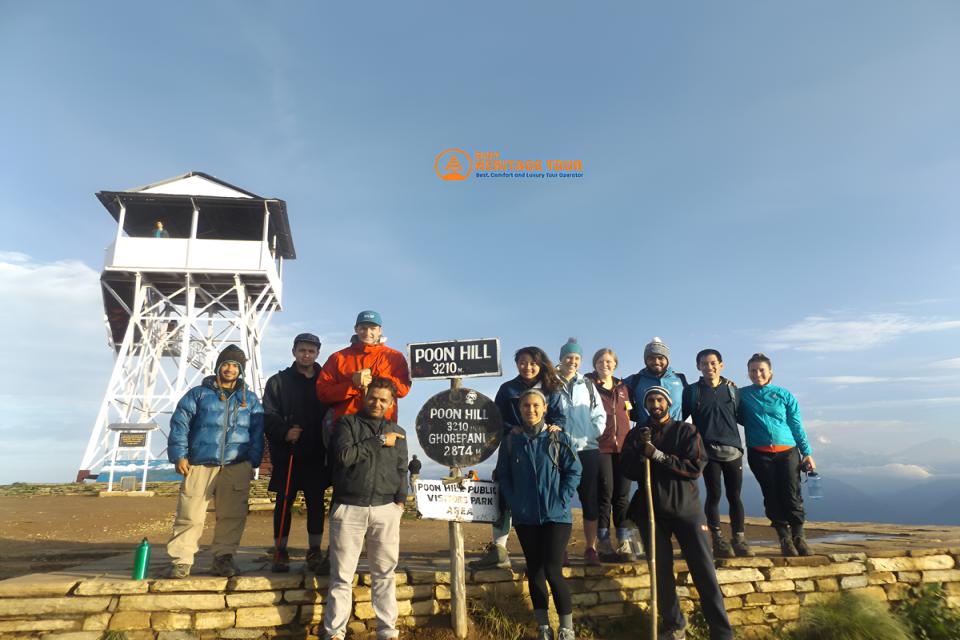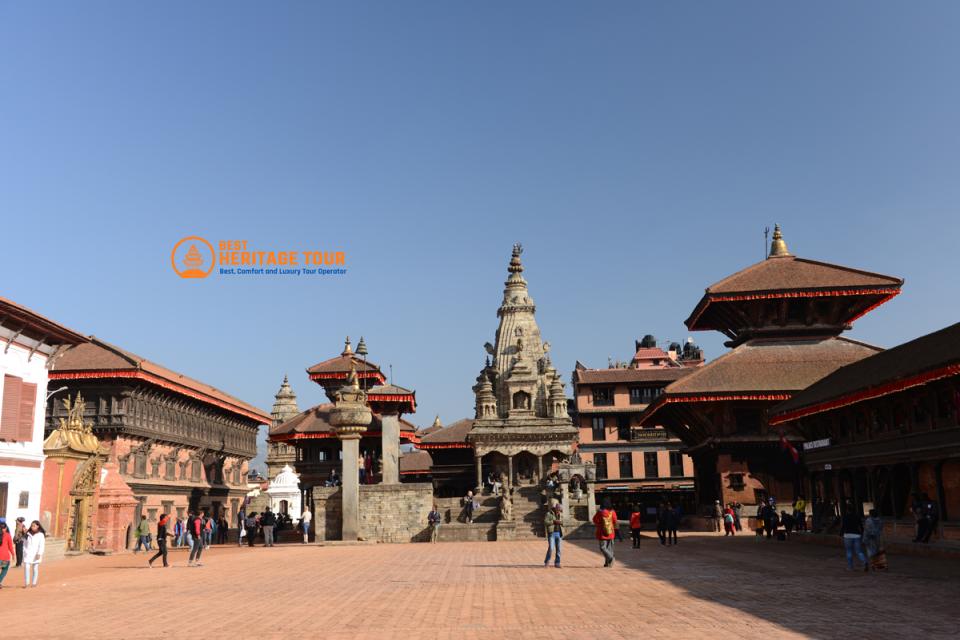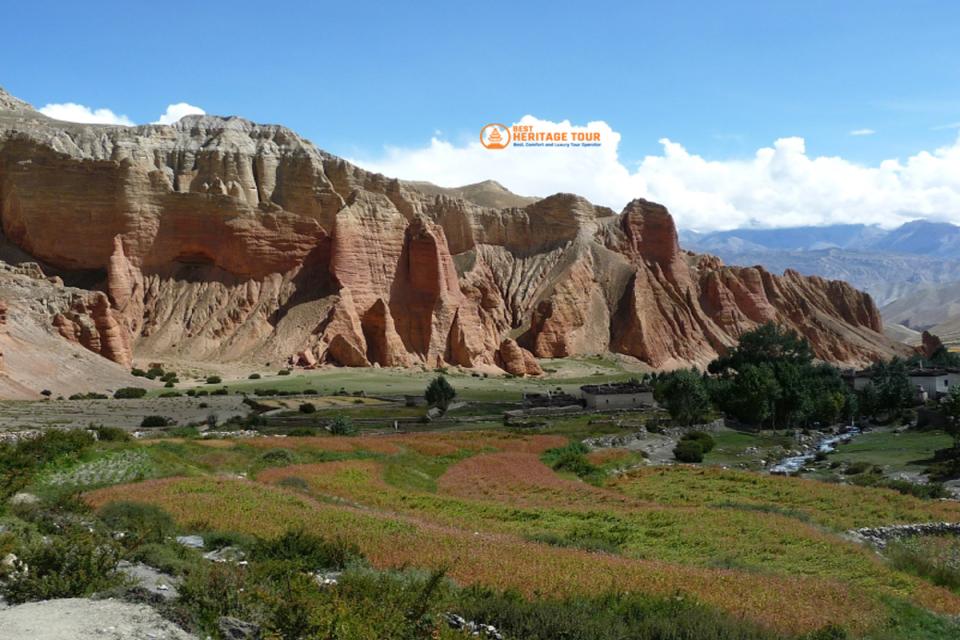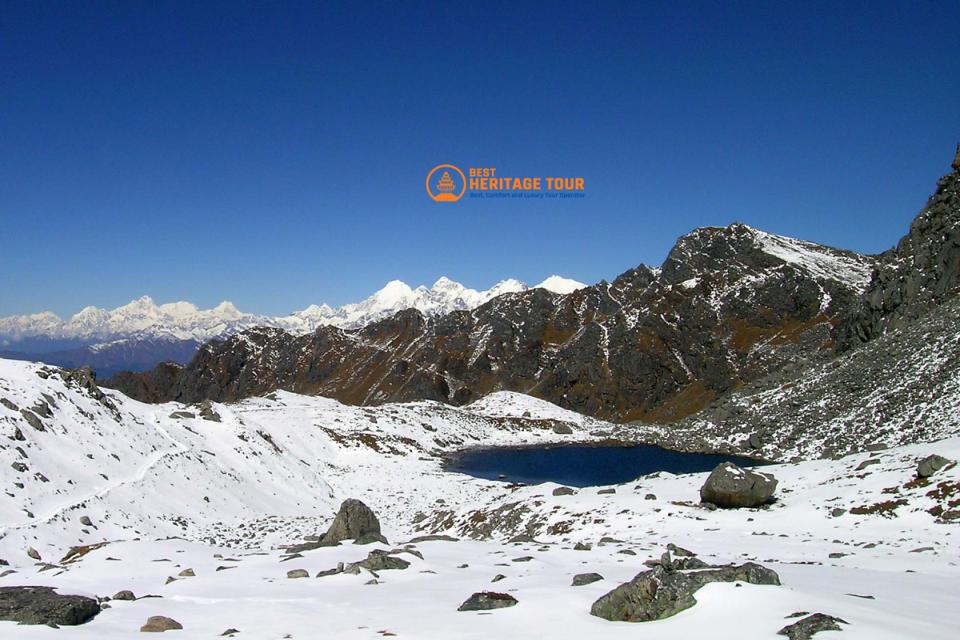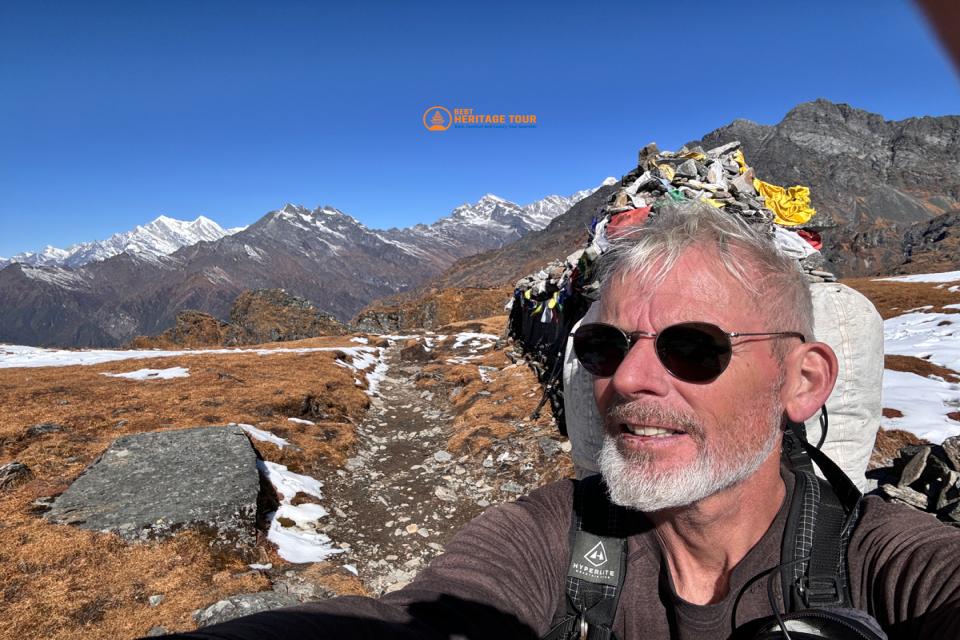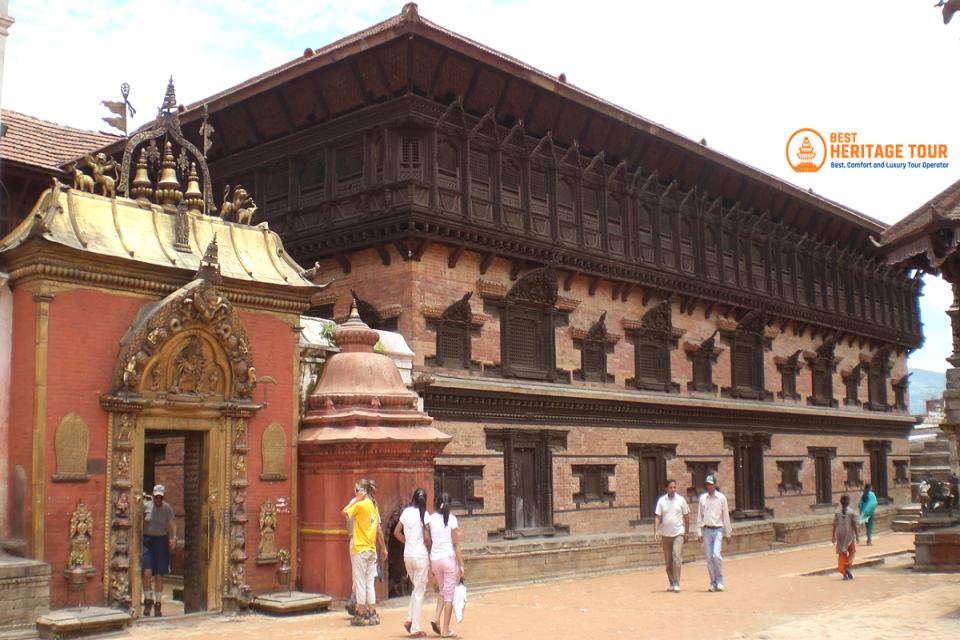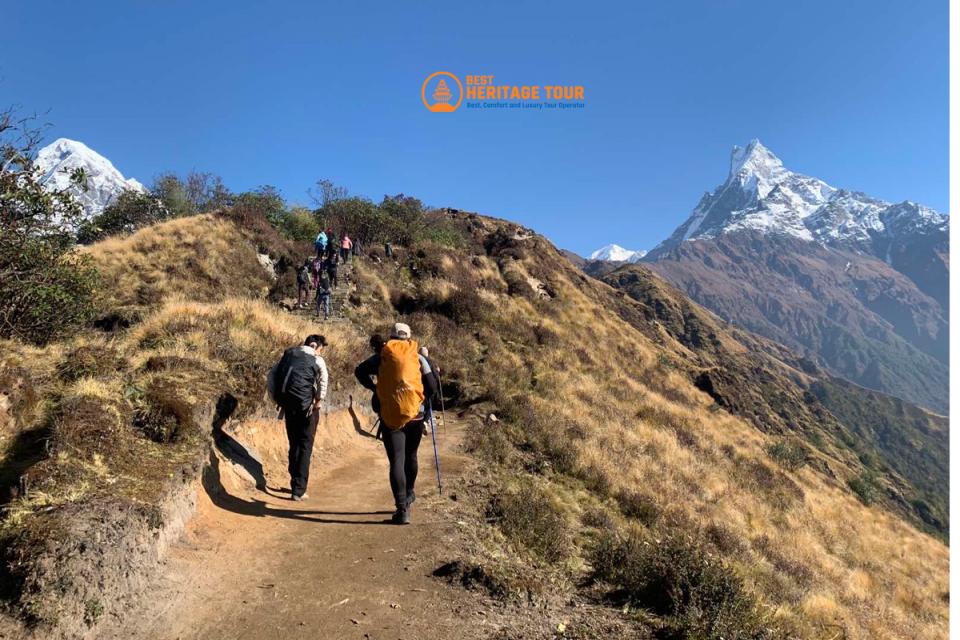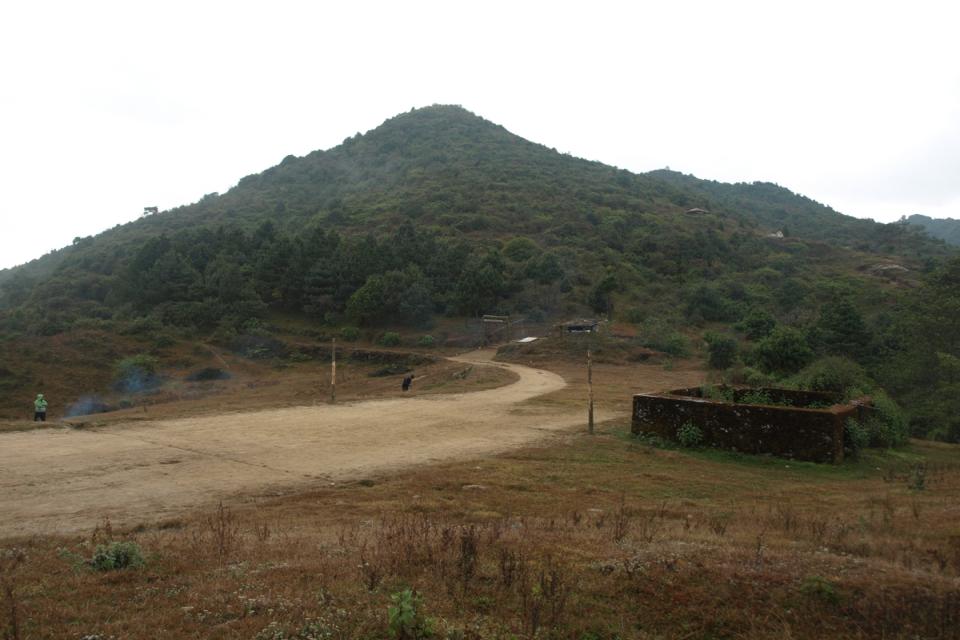Are you planning a trip to Nepal and wondering when to go? With its breathtaking Himalayan peaks, lush jungles teeming with wildlife, and vibrant cultural festivals that echo ancient traditions, Nepal offers something extraordinary in every season. However, to make the most of your experience, whether you're trekking the world's most iconic mountain trails, exploring the subtropical lowlands, or immersing yourself in spiritual celebrations, the timing of your visit is critical.
This comprehensive guide will help you decide the best time to visit Nepal based on your travel priorities: trekking, wildlife safaris, or experiencing its diverse cultural festivals. Each season in Nepal brings unique experiences and challenges. Let’s dive in and discover which time of year aligns best with your dream adventure.
Understanding Nepal’s Seasonal Landscape
Before diving into specific activities, it helps to understand Nepal’s seasonal breakdown. The country experiences four main seasons:
-
Spring (March to May)
-
Summer/Monsoon (June to August)
-
Autumn (September to November)
-
Winter (December to February)
The dramatic geography from the tropical Terai to the snow-capped Himalayas means that weather conditions can vary significantly within short distances. What may be dry and pleasant in the highlands can be hot and humid in the lowlands. Understanding these regional and seasonal differences is key to crafting the perfect itinerary.
Best Time for Trekking in Nepal
Trekking is the most iconic activity for travelers in Nepal. From legendary routes like the Everest Base Camp Trek to hidden gems like the Khopra Ridge or the Tsum Valley, the trekking season you choose affects not just the weather but also safety, views, and crowd levels.
Spring (March to May): A Symphony of Color and Clarity
Spring in Nepal is a magical time for trekking. As winter retreats, the snow begins to melt at lower elevations, unlocking trails that had been inaccessible for months.
Why Spring is Ideal for Trekking:
-
Pleasant Temperatures: Days are comfortably warm in mid-altitudes and even mild in the higher Himalayas. Nights can be cold, but are not extreme.
-
Clear Skies: Especially in March and April, visibility is excellent, with fewer clouds than summer or monsoon months.
-
Rhododendron Blooms: Forested trails burst into color with vibrant rhododendrons, Nepal’s national flower, along with orchids and wildflowers.
-
Moderate Crowds: While popular, spring tends to be slightly less crowded than the autumn high season, especially in March.
Recommended Spring Treks:
-
Everest Base Camp Trek: A bucket-list adventure with jaw-dropping scenery and Sherpa culture.
-
Annapurna Base Camp: A shorter alternative to the circuit, passing through terraced fields and high alpine landscapes.
-
Mardi Himal Trek: A lesser-known trail with dramatic ridgeline views.
-
Langtang Valley Trek: A culturally rich, moderate trek close to Kathmandu.
Tip: April is the peak trekking month in spring. Book lodges and guides early to secure your preferred accommodations.
Autumn (September to November): Nepal’s Peak Trekking Season
Autumn is considered the best overall time for trekking in Nepal. Following the summer monsoon, the air is clean, the skies are strikingly clear, and the countryside is lush and green.
Why Autumn Is the Favorite:
-
Crystal-Clear Mountain Views: Ideal conditions for photography and scenic vistas.
-
Comfortable Weather: Days are cool to warm, depending on altitude; nights are crisp but manageable.
-
Stable Weather Patterns: Fewer surprises from nature. Rain is minimal.
-
Cultural Bonuses: Coincides with many major Nepali festivals, adding an enriching cultural layer to your trip.
Top Autumn Treks:
-
Annapurna Circuit: Traverse through lowland villages to high mountain passes with varied landscapes and cultures.
-
Manaslu Circuit: A remote and challenging trek requiring special permits, offering unparalleled serenity.
-
Upper Mustang Trek: Explore a rain-shadow desert-like region with Tibetan influences and ancient cave monasteries.
-
Gokyo Lakes Trek: A quieter alternative to EBC, with turquoise lakes and panoramic views.
Plan Ahead: Autumn is very popular. Expect crowds on major trails and consider booking early or choosing lesser-known routes.
Winter (December to February): Quiet Trails and Clear Days
Winter is an underrated season for trekking in Nepal. While higher-altitude trails are snowbound and extremely cold, lower elevations remain accessible and offer serene landscapes with minimal crowds.
Pros of Winter Trekking:
-
Fewer Trekkers: Enjoy peaceful trails, even on popular routes like Poon Hill or Langtang.
-
Crisp Air and Blue Skies: Visibility can be outstanding during this time.
-
Lower Prices: Off-season rates on accommodation and flights.
Recommended Winter Treks:
-
Ghorepani Poon Hill: Famous for sunrise views of Annapurna and Dhaulagiri ranges.
-
Tamang Heritage Trail: A cultural experience through Tamang villages near the Langtang region.
-
Chisapani–Nagarkot Hike: Short yet scenic trail near Kathmandu Valley, ideal for family trips.
Note: Pack for cold nights and icy trails. Avoid high passes like Thorong La or Cho La, which may be closed due to snow.
Monsoon (June to August): Off-Season with Hidden Treasures
The monsoon season is challenging for trekking due to heavy rainfall, muddy paths, and leeches. However, not all regions are off-limits.
Trekking in Rain-Shadow Areas:
-
Upper Mustang and Upper Dolpo: These areas lie in the rain shadow of the Himalayas, receiving little precipitation even in peak monsoon.
-
Cultural Encounters: The remote villages in these regions offer rich Tibetan Buddhist traditions, ancient cave systems, and colorful monasteries.
Travel Tip: Be prepared for flight delays and roadblocks due to landslides. It’s also a great time to take photography or yoga retreats in scenic hill stations like Bandipur or Namobuddha.
Best Time for Wildlife Safaris in Nepal
When people think of Nepal, mountains usually come to mind. But the Terai plains in the south are lush, biodiverse zones ideal for jungle adventures. If you’re keen on spotting tigers, rhinos, elephants, and over 500 species of birds, knowing the right time to go on safari is crucial.
Winter (December to February): The Golden Season for Safaris
Winter is the optimal time for wildlife activities in Nepal. The climate is dry and cool, and the vegetation is less dense, increasing your chances of spotting animals.
Top Parks to Visit:
-
Chitwan National Park: UNESCO World Heritage Site and home to rhinos, tigers, elephants, and gharials.
-
Bardia National Park: More remote and less commercialized, best for tiger sightings.
-
Koshi Tappu Wildlife Reserve: A wetland sanctuary known for rare bird species and wild water buffalo sightings.
Why Winter Works:
-
Sparse Foliage: Animals are easier to spot among dry grasses.
-
Comfortable Weather: Ideal for walks, jeep safaris, and canoe rides.
-
Active Wildlife: Many species are easier to observe during the cooler months.
Bring binoculars and go on morning and evening safaris for the best viewing chances.
Post-Monsoon (September to November): A Rejuvenated Jungle
As the rains subside, the jungle flourishes with greenery. Rivers and wetlands swell, making it a beautiful time for canoe safaris and birdwatching.
Highlights:
-
Migratory Birds: A paradise for birdwatchers.
-
Cultural Experiences: Combine your safari with a stay in a Tharu village.
-
Adventure Options: Explore on foot, in a jeep, or by boat.
Note: Some areas may still be muddy after the rains, bring waterproof shoes and insect repellent.
Best Time to Experience Nepal’s Festivals
Nepal’s spiritual pulse is strongest during its festivals. With a calendar packed with vibrant events from Hindu epics to Buddhist ceremonies, there’s always something to witness.
Autumn (September to November): Cultural High Season
Autumn in Nepal is rich with festivals. Locals return home, villages light up with oil lamps, and streets echo with music and laughter.
Key Autumn Festivals:
-
Dashain: Spanning 15 days, Dashain celebrates goddess Durga’s victory over evil. Families reunite and receive blessings.
-
Tihar: Known as the Festival of Lights, Tihar honors animals, nature, and sibling bonds. Homes glow with candles and rangolis.
-
Chhath Parva: Devotees worship the Sun God with rituals performed along rivers and lakes.
Why Visit During Autumn Festivals?
-
Photographic Moments: Lantern-lit streets, traditional costumes, and ceremonial dances.
-
Deep Cultural Insight: A time of hospitality, celebration, and storytelling.
-
Homestay Opportunities: Experience authentic Nepalese traditions in family homes.
Spring (March to April): Joy, Renewal, and Vibrancy
Spring in Nepal is an energetic and colorful season for festivals.
Spring Highlights:
-
Holi: A riot of color and joy where participants throw colored powders and water.
-
Nepali New Year (Bikram Sambat): Celebrated in mid-April with parades, feasts, and local fairs.
-
Bisket Jatra: Bhaktapur’s famous festival involving massive chariot processions and traditional rituals.
Ideal For:
-
Families and social travelers
-
Culture seekers and photographers
-
Anyone wanting to experience Nepal’s cheerful spirit
Month-by-Month Travel Overview
|
Month |
Trekking |
Wildlife Safari |
Major Festivals & Events |
|---|---|---|---|
|
January |
Low-altitude treks |
Excellent |
Maghe Sankranti, Winter Getaways |
|
February |
Low-altitude treks |
Excellent |
Maha Shivaratri at Pashupatinath |
|
March |
Moderate-High |
Excellent |
Holi, Ghode Jatra (Kathmandu Horse Parade) |
|
April |
Excellent |
Very Good |
Nepali New Year, Bisket Jatra (Bhaktapur) |
|
May |
Good |
Good |
Buddha Jayanti |
|
June |
Poor (monsoon begins) |
Limited |
Ropain Festival (Rice Planting Celebration) |
|
July |
Poor |
Poor |
Monsoon Retreats, Yoga & Wellness |
|
August |
Poor |
Poor |
Janai Purnima, Gai Jatra |
|
September |
Excellent |
Good |
Dashain Begins |
|
October |
Peak Season |
Great |
Tihar, Harvest Festivals |
|
November |
Peak Season |
Great |
Chhath, Photography Expeditions |
|
December |
Cold but possible |
Peak Safari Season |
Christmas, Winter Treks |
Final Thoughts: When Should You Visit Nepal?
The best time to visit Nepal truly depends on your travel goals.
-
Trekking: Spring (March-May) and Autumn (September-November) offer the best weather and views.
-
Wildlife Safaris: Winter (December-February) is perfect for animal sightings and jungle adventures.
-
Cultural Festivals: Autumn is filled with significant religious festivals, while Spring bursts with color and cheer.
Bonus Tip: Consider crafting a hybrid itinerary, start with a trek, unwind on a jungle safari, and wrap up your journey with a cultural celebration.
Ready to plan your Nepal adventure? Whether you’re a solo traveler, couple, or family, Nepal offers breathtaking trekking routes, wildlife safaris, cultural festivals, and heritage homestays year-round. Our expert team crafts customized itineraries tailored to your interests and the best seasons, ensuring a seamless and memorable experience exploring Nepal’s majestic Himalayas and vibrant culture.
Contact Us Today for Bookings & Information:
-
Phone/WhatsApp/Viber: +9779851149197 / +9779810043046
-
Email: bestheritagetour@gmail.com / info@bestheritagetour.com
-
Website: www.bestheritagetour.com
-
Location: Thamel Marg, Kathmandu, Nepal
Author: Best Heritage Tour
Date: 21st May, 2025

